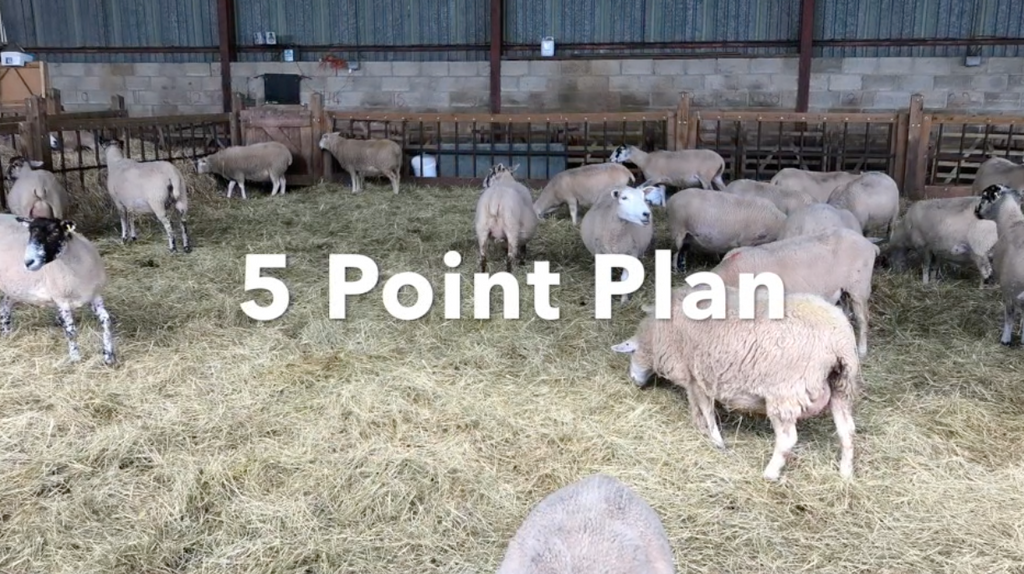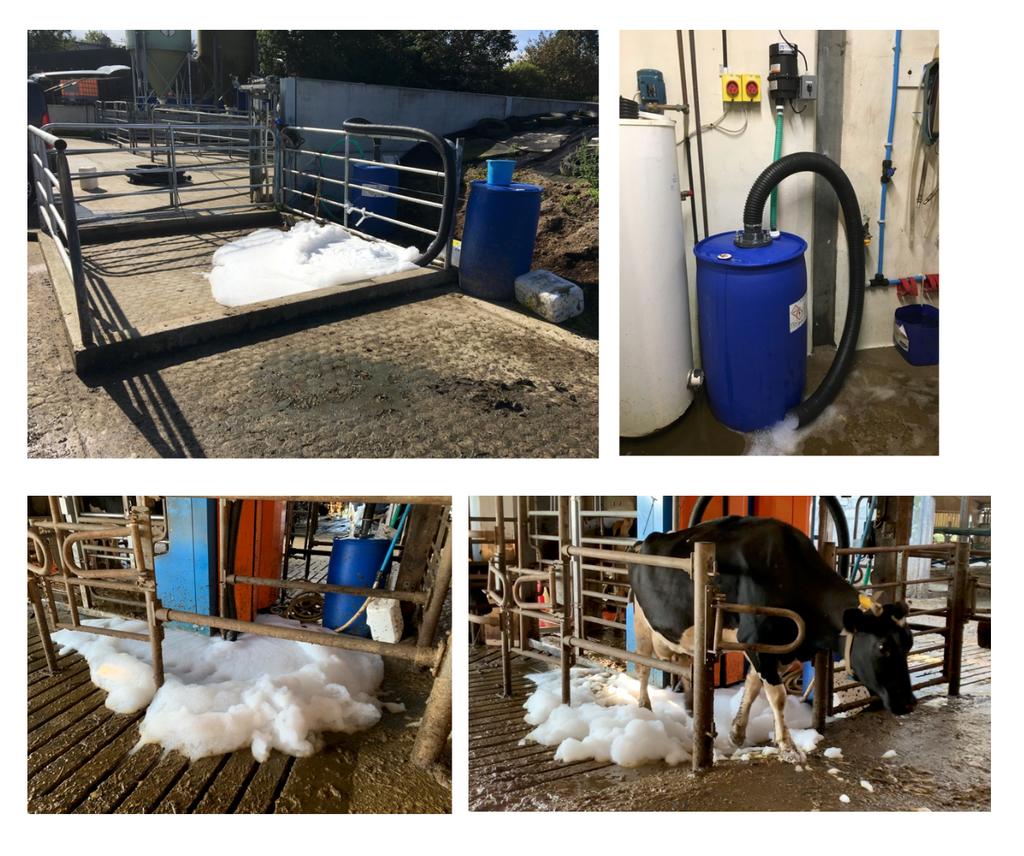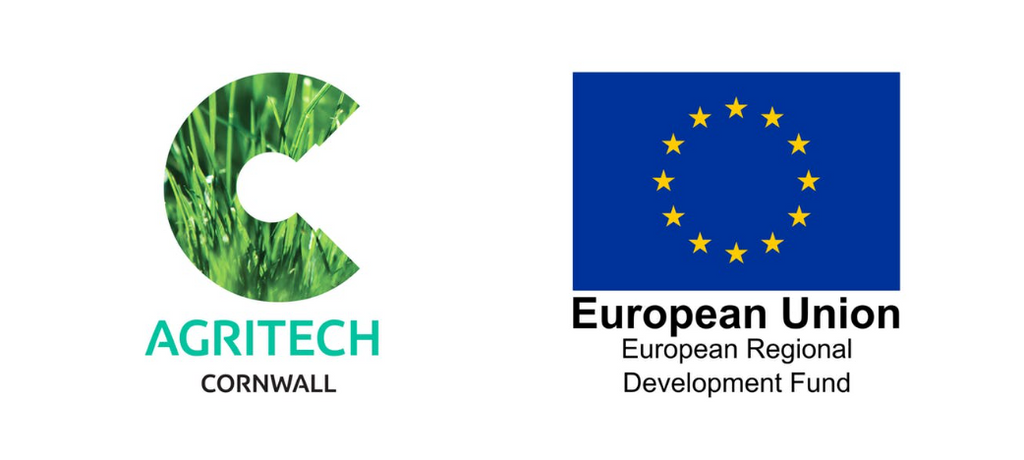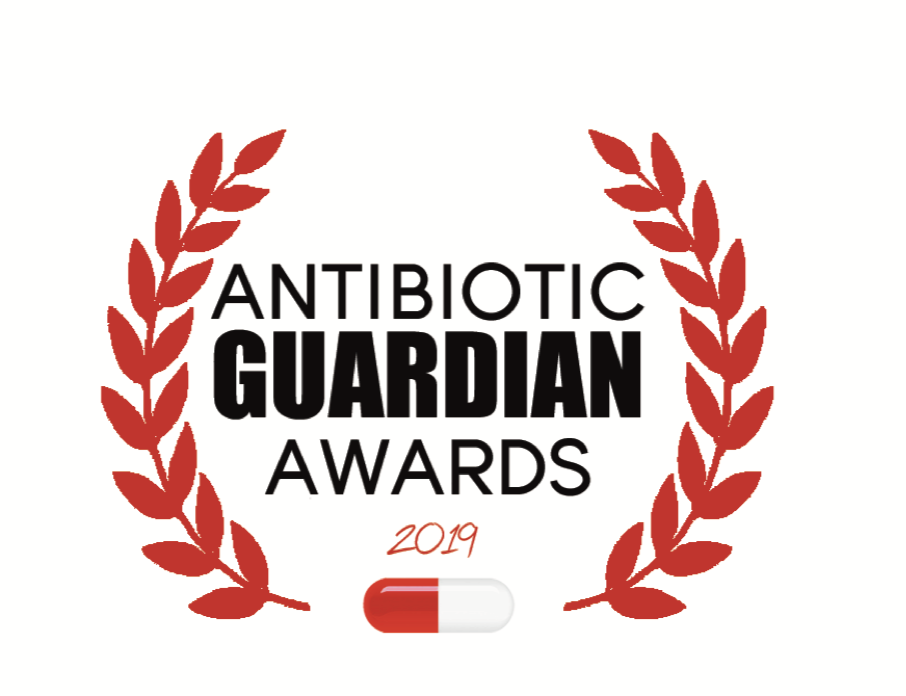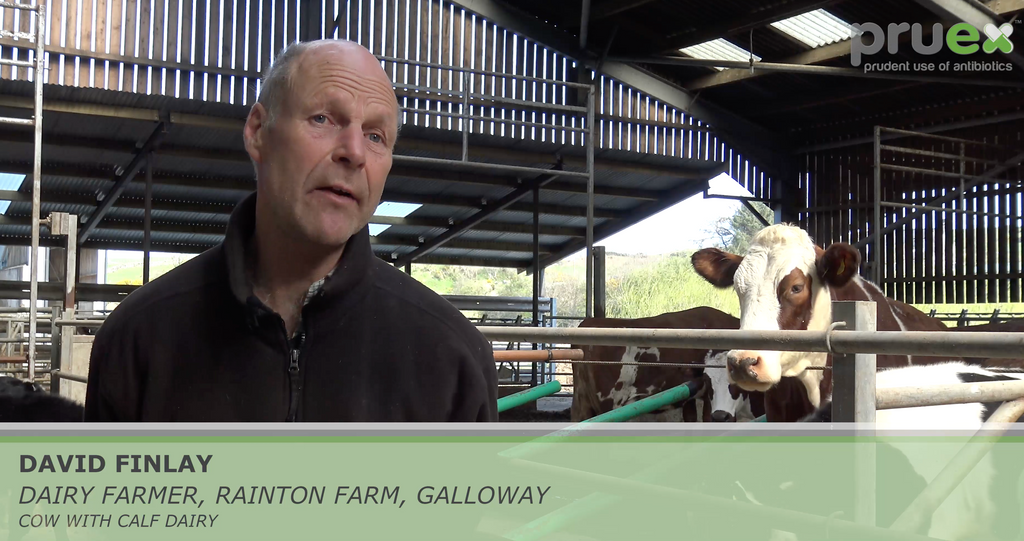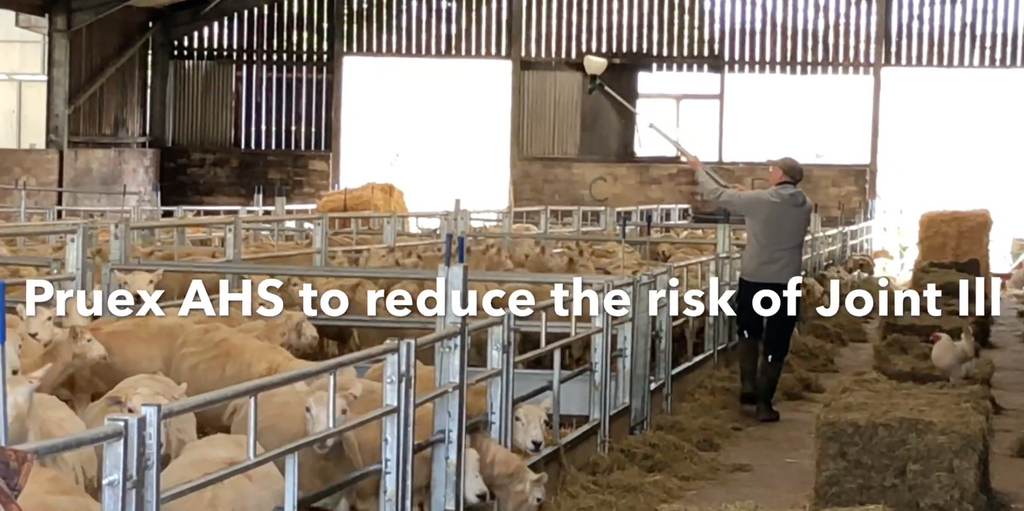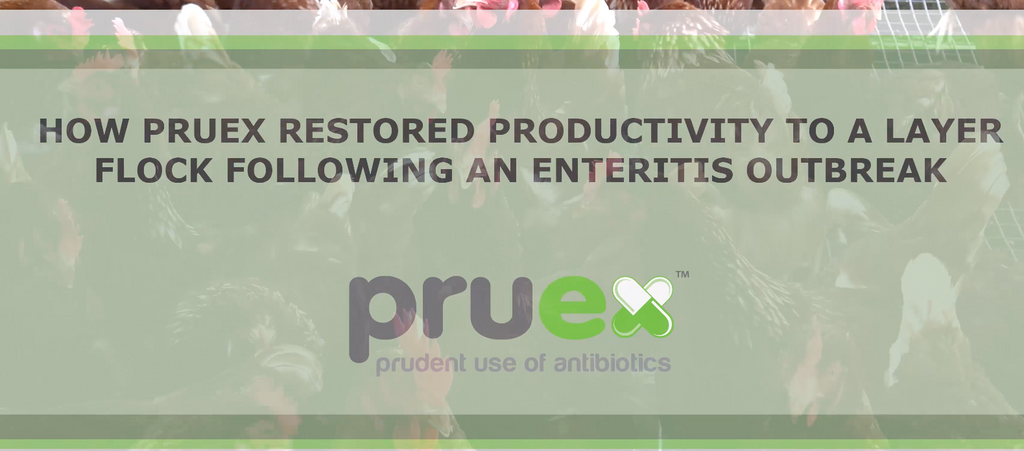News
Pruex 5 Point Plan - Watery Mouth & Joint Ill
Sheep sheds often start off as dry and relatively clean areas for sheep housing, but as time passes, moisture, faeces, body fluids and other animal contamination, (including bacteria and protozoa), raise to a level which can cause issues for sheep and lamb health.
Pruex have learned a great deal over the last three lambing seasons and have developed a simple 5 point plan that attempts to help shepherds reduce the risk of watery mouth and joint Ill.
Within the plan, farmers will need misting equipment to apply Animal House Stabiliser (AHS Green Top), to bedding and Water Plus (Blue Top) to water. These products can be viewed or purchased from the buttons below.
Are you farming intelligently?
Intelligent agriculture requires the farmer to be ahead of the game. Precision agriculture is no longer the domain of the arable sector. Stockmen are now empowered by a toolbox that helps them prevent clinical diseases and limit the financial burden of sub clinical infections. That toolbox is the Intelligent Barn system from Pruex. “Top stockmen are making use of the latest technology to keep their animals healthy” says Aled Rhys Davies who founded Pruex as a result of his findings during a two year Nuffield Farming Scholarship looking at alternatives to antibiotics in agriculture.

Pruex offer a three tier approach to identifying and reducing bacterial pressure on livestock that require differing levels of farm labour. The fully automated Intelligent Barn system uses sensor technology to detect Ammonia, Carbon Dioxide, Humidity and temperature within farm buildings as well as wind direction, precipitation, temperature and humidity outside the buildings. A dashboard then coordinates automatic misting of non infective bacteria within buildings and treatment of water systems to reduce the threat from feacal bacteria within the animals direct environment. More labour is required if the farmer adopts the secondary partially automated Intelligent Barn system. Here, the stockman is informed by text message of modulations within the animals environments that require action. They then perform the misting duties by hand held device. Some farmers opt for a tertiary offering where they perform regular treatments of water and bedding by set protocol determined by microbiological testing.

“Reductions in Ammonia and Carbon Dioxide are achievable when using intelligent agricultural technology. I had no idea that the increases in production that follow when animals aren’t continually challenged by bad air, dirty water and wet bedding were so great” says Aled.

Pruex work with farmers to FIND the cause of disease on their farms, FIX the problems with a clever toolbox inspired by nature, and TELL consumers of the good work done in agriculture to reduce the need for antibiotics.
Foam Sweeps Across Cornish Dairy Farms
September 2019 saw the kick-off of the Agri-Tech funded lameness study on
Cornish dairy farms.
As the project commenced, there were 7 farms signed up to the study. The
farms varied from extensive grass-based systems with 600+ cows, to robotic
milking farms with 80 cows.
The 7 farms signed up to the project had their first farm visit, and swabbing,
mobility scoring, and thermal imaging of their cattle’s feet was underway.

Environmental swabs were taken on each farm to build up a picture of the
bacterial populations dominating the cow facing surfaces and water troughs.
Bacteria cultured varied from Streptococcus, to Pseudomonas, to E.Coli.
Pruex identified areas of disease pressure on each farm and helped the
farmers individually to implement strategies to reduce the risk of disease
challenging bacteria dominating the environment.

Water was treated with WaterPlus to remove the biofilm in pipes and troughs
and bedding stabilised to add soil bacteria into the environment and help to
reduce moisture and dry up bedding.
Regular farm visits enable further swabbing’s to be taken to continually
analyse the bacteria populations and develop accurate treatment protocols.
Once satisfied that clean water was provided to the farm – foaming
commenced.
The best area for foaming was identified on each farm – flat and in high traffic
areas i.e. parlour exit, passageway or feed fence.
Installation of a foaming machine on each farm was then undertaken by the
project engineer.

Data is collected from each farm via monthly visits.
Mobility scoring (the AHDB method) of all cows provides an incidence of
lameness on each farm, scoring cows either a 0/1, 2 or 3. Score 2 and 3 cows
are considered lame, and their identification number is recorded. Mobility score results are benchmarked against the other farms in the study and used
to monitor lameness on each farm from month to month.
A thermal image camera is used to scan the back heels of the cows to detect
inflammation hot spots, indicative of bacterial infections in the heel such as
digital dermatitis. Thermal images are stored after each visit and will be
analysed as the images build up throughout the project.
Foot trimming data is also collected to provide more information.

Pruex would like to thank Agri-Tech Conrwall for their funding and support to
develop and innovate Pruex, and resilient farming businesses across Cornwall.

September 2019 - Cornwall Lameness Study Kicks Off
Earlier this year, Pruex was awarded an innovation grant from Agri-Tech
Cornwall to drive research, development and innovation.
The funding is being used to generate data on lameness control on 10 Cornish
dairy farms; enhancing resilience, efficiency and profitability on the farms
involved, whilst providing Pruex with invaluable data to develop and innovate
its products across the industry.
Lameness is one of the most significant welfare and productivity challenges
facing dairy cows. Lameness control plans are rising in the inclusion in welfare
assurance schemes, with many dairy farms now having to quantify the number
of lame cows on their farm and demonstrate an active control plan to reduce
lameness.
Several studies on UK dairy herds have estimated that on average, more than
half the cows in some herds could experience lameness problems in any single
twelve-month period (source AHDB dairy).
However, these studies have also shown that there is a large range of
incidence of lameness – indicating that dairy cow lameness can be improved
through herd management changes.
As calculated by AHDB dairy, the average cost of an incidence of lameness is
approximately £180. The figure takes into account treatment costs, loss of
yield and potential for shortened productive life of the cow. At current levels
of incidence this could equate to a financial loss of nearly £15,000 for an
average-sized herd, or to put it another way, a cost of over 1p per litre of milk
produced on the farm.
Lameness can also have further health implications in a dairy cow, leading to
mastitis complications, metabolic diseases and fertility issues.
The welfare of the farmer also can’t be ruled out – no farmer likes to see lame
cows suffering.
The term lameness covers many conditions ranging from bacterial infections to
physical and mechanical pressures. It is important to understand that many
factors can cause lameness in different ways.
An understanding of the different types of lameness found on individual farms
will help to build a structured approach to reduce the causes of lameness on
those farms.
How The Pruex Lameness Study Will Be Run
They project will run over a 6 month period on 10 Cornish farms.
Pruex are successfully reducing bacterial lameness on UK farms by:
1. Firstly: cleaning water.
Reducing the risk of disease-causing biofilm within water pipes and
troughs by flushing through with WaterPlus. Providing dairy cows with
clean water, so they are not challenged with harmful bacteria every time
they drink.

2. Secondly: generating foam.
AHC is diluted with water treated with WaterPlus to generate a foam
which the cows walk through.
No need for a footbath, no harmful chemicals, no toxins, no carcinogens,
no heavy metals (in fact Pruex products have been listed as ‘environmentally
beneficial’).
Dominate the cow’s feet with non-infective soil bacteria.
Follow the progression of the study over the next 6
months.
A Nuffield Scholarship leads to a Public Health England award for reduced antibiotic use in agriculture.
Pruex have been commended by Public Health England for an Antibiotic Guardian Award within the Animal Health, Agriculture and Food Supply section.
The awards took place on the 27th of June 2019, at the St Johns Hotel, Solihull, Birmingham and are a way of championing those organisations and individuals who have demonstrated achievement in tackling antimicrobial resistance at a local, regional or national level.
Aled Rhys Davies of Pruex being presented his antibiotic guardian award by Dr Diane Ashiru, Lead Pharmacist, Antimicrobial Resistance Programme - Public Health England, Christine Middlemiss, UK Chief Vet, and Claire Hughes, Head of Corporate Affairs at AB Agri, the company that kindly sponsored the category.
“I’m absolutely delighted for this recognition. We look to inspire positive change in agriculture by showing farmers what they can do to limit the risk of bacterial infections on farm.” said Aled Rhys Davies who founded Pruex as a result of conducting a Nuffield Farming Scholarship sponsored by the Royal Welsh Agricultural Society looking at Alternatives to Antibiotics in Agriculture. He travelled to countries in Europe, Australasia and Northern America looking at antibiotics use amongst the fish, pig, poultry, dairy, beef and sheep sectors.
“To win the battle against Anti Microbial Resistance(AMR), we need to be innovative, and our farmers, the public and our establishment need an open mind.”
My journey began on the………Ninth of October 2014, I was concentrating in an attempt to understand the accent of a professor from Bonn University during the 4th International Fresenius Conference on European Union animal feed legislation, in Cologne, Germany when my phone started bouncing and vibrating loudly on the desk in front of me. I had received a text for my wife. It read, in Welsh, our native tongue, “You’ve had the scholarship”. I fumbled a reply, conscious that everybody in the spacious auditorium had heard my so called silent message arrive, and as a consequence all had one eye on my activities. “I don’t know, I haven’t heard anything yet”. Another aggressive, vibrating interruption soon followed, “No, you’ve had the scholarship, there’s a letter here from the Chairman of the Nuffield Farming Scholarship Trust, saying that you have been awarded a scholarship to study Alternatives to Antibiotics in Agriculture.This second text got all of my attention. I replied without thinking, “fantastic, speak later.x” My heart started racing, I was experiencing a mixture of emotions including total joy, excitement, relief and panic. Then a third text, again from my wife congratulating me on my achievement, at which point my heart nearly melted.
By the time I got home the Nuffield letter was stuck to our fridge by one of my nine year old daughters’ ladybird shaped magnets. This was usually the domain of her latest work of art, ensuring that any visitor to our kitchen would have a great view of her masterpiece. I knew then that she approved. My twelve year old boy simply winked at me. What more could a father ask for? There is simply no greater honour. A deep sense of pride and responsibility followed when I learned that my sponsor was the Royal Welsh Agricultural Society, (RWAS). I will always be grateful to the Society for investing in my scholarship and am determined to lead agriculture in the fight against AMR.
I studied the use of antibiotics in the fish, pig, poultry, dairy, beef and sheep sectors throughout Europe, Australasia and Northern America. I learned that all sectors faced bacterial infections of livestock, and most animals were sick, not necessarily clinically unwell, but infected nevertheless. What was shocking was the realisation that our husbandry and hygiene practices at best maintained disease as opposed to preventing its’ occurrence. As farmers, we have taken animals out of nature and put them in buildings. We haven’t been good at taking nature with them. So, the air they breathe is dominated with faecal bacteria, as is the water they drink and the feed they consume. Antibiotics have allowed us to do this. In the wild the animals would be surrounded by soil bacteria that wouldn’t make them sick. In our buildings they’re surrounded by faecal bacteria that can infect them. I realised that the human race needs to innovate to enable healthy animals to thrive as opposed to enabling the generation of markets for new medicines developed with the aim of treating symptoms. We simply need to get at the source of problems. In other words, we need to introduce more nature into our modern farming practices.
As a direct result of conducting my RWAS sponsored Nuffield study, I set up Pruex Ltd, which stands for Prudent as opposed to Excessive antibiotic use, with the aim of leading the fight against AMR. We use innovative technologies to limit the threat of micro organism infections of livestock. Our work is split into three categories, Find, Fix and Tell.
Find - We visit farms to take swabs in order to gain a value of the extent of contamination within the animals’ direct environment. We test the air, water and bedding so that we know which colonies of bacteria the animals are facing.
Fix - Based on the evidence generated within the Find process, we devise hygiene plans using bacteria to clean. The bacteria we use are soil borne and are added to water and bedding. We do the opposite to what farmers do when they take slurry out to their fields. After some three weeks, the soil flora will have overcome the faecal bacterial loading within the slurry. We put soil bacteria in the animals’ environment without adding dirt. The bacteria we use become dominant, so the animals are surrounded by non infected bacteria whilst housed.
Tell - We communicate the good work done in agriculture to limit the need for antibiotics with consumers.
The aim of this innovative process is to limit the need for antibiotics. Healthy animals don’t need antibiotics. We had no idea at the start that there would be such large increases in production as a result of reducing the burden of infective bacteria on our food producing animals.
Pride is the main emotion driving Pruex. We are delighted with the results we’re achieving on farm. Andrew Brewer milks 700 Autumn calving cows on a once a day milking system in Cornwall. The cows are bedded on a deep litter of sawdust and access forage from a self feed clamp. We’re delighted to report that there were no cases of calf scour or pneumonia during last years’ calving season, the farm has reduced antibiotic treatment for mastitis by over 70% and has seen a 40% reduction in bedding cost.
James Ford produces quality free range eggs in the Vale of Glamorgan. His hens were challenged by Necrotic Enteritis, and would soon relapse post antibiotic treatment. Post the use of Pruex, the hens recovered and production increased from 7% below egg laying targets to 10% above.
Joint Ill was a Problem managed by antibiotics at Mathew Isaac’s farm in Glamorgan. No cases have been reported nor treated with antibiotics in the last two years since the farm have adopted Pruex hygiene principals.
Based on the research and development conducted over the last two years of commercial activity, Pruex has some very economically taxing farm diseases within its focus. Digital Dermatitis, Tuberculosis and Johnes disease in cattle, the human food poisoning issues associated with Campylobacter as well as human allergies are all issues being studied and modulated.
Personally, Pruex has enabled, via a sponsorship package that includes the supply of hand washing stations at the Royal Welsh show ground, me to repay the society the money they provided as sponsorship of my Nuffield Scholarship. The work conducted by Pruex, as a result of that study is inspiring positive change in agriculture. At the time of writing, we have worked with over six hundred farms to reduce their need for antibiotics.
Aled Rhys Davies NSch
Pruex shortlisted by Public Health England for an #AntibioticGuardian Award
Pruex have been shortlisted by Public Health England for an Antibiotic Guardian Award within the Animal Health, Agriculture and Food Supply section.
The awards are set to take place on the 27th of June 2019, at the St Johns Hotel, Solihull, Birmingham and are a way of championing those organisations and individuals who have demonstrated achievement in tackling antimicrobial resistance at a local, regional or national level.
“I’m absolutely delighted for this recognition. We look to inspire positive change in agriculture by showing farmers what they can do to limit the risk of bacterial infections on farm.” said Aled Rhys Davies who founded Pruex as a result of conducting a Nuffield Farming Scholarship sponsored by the Royal Welsh Agricultural Society looking at Alternatives to Antibiotics in Agriculture. He travelled to countries in Europe, Australasia and Northern America looking at antibiotics use amongst the fish, pig, poultry, dairy, beef and sheep sectors.
Aled found that within all sectors, animals don’t live in sterile environments, and are surrounded by bacteria. The need for food and the resulting post second world war intensification of agriculture has resulted in animals being taken out of their natural environments, surrounded by non-infective soil bacteria, to be housed in buildings where the bacterial colonies that dominate are faecal, biofilm forming and often pathogenic despite disinfection. Historic antibiotic administration, ranging from prophylactic to curative doses, has enabled farmers to maintain production and mortality at acceptable levels. With pressure building on all users to limit antibiotic use, farmers need a way of reducing the bacterial pressures their livestock face. Pruex uses non-infective soil borne bacteria to clean the water and the housed environments of food producing animals in order to reduce the need for antibiotics. Over the last two years, Pruex has enabled over 600 farms to use antibiotics prudently as opposed to excessively.
Antibiotic Guardian was developed in 2014 by Public Health England. The campaign is led by Public Health England (PHE) in collaboration with the Devolved Administrations (Scotland, Wales and Northern Ireland); the Department for Environment Food and Rural Affairs (DEFRA) and professional bodies/ organisations towards the ‘One Health’ initiative.
The campaign is active on social media, visit https://twitter.com/search?q=%23AntibioticGuardian&src=typd to follow recent tweets and please use #AntibioticGuardian when tweeting relevant antimicrobial resistance/stewardship information and to share your local activities
Reducing the need for antibiotics in a Cow & Calf dairy unit
Ensuring that animals get clean water that's not dominated by infection causing bacteria is essential in the fight against disease and majorly influences the need to treat sick animals with antibiotics.
Disease instances such as mastitis, foul of the foot, calf scour and pneumonia have all reduced significantly on this Scottish dairy unit since they have applied Pruex protocols with the aim of ensuring; Dry bedding, clean air, feet and water.
David Finlay discusses what they have observed since they have worked with Pruex with the objective of reducing the environmental challenge their animals face from disease causing agents.
Managing reductions in the risk of Joint Ill and Watery Mouth
Two years ago Mathew Isaac started using the Pruex protocol to try and reduce 'Joint Ill and Watery Mouth'........How did they achieve this???
As a result Joint Ill was not a problem for young lambs. This significantly reduced the use of antibiotics within the flock from an already low level.
They have repeated the Pruex protocol this year and are spraying the bedding with AHS daily and using the Water Plus to treat the water. This year Mathew has seen a significant reduction in antibiotic use and no 'Joint Ill'.
Samples taken, as illustrated above, show a single E.coli colony (bright pink), within the bedding, probably originating from ewe faeces, and no e.coli growing on the ewes face. The plate labelled 'Land drain Water' shows both good bacteria and bad bacteria, the purple e.coli and the turquoise streps obviously coming from sheep droppings within the water pipes. These droppings are removed daily and there is a commitment to raising the level at which the pipes are situated to prevent this problem.
Watery mouth and Joint Ill can be the result of bacterial contaminations within water and bedding. Pruex work with farmers to reduce the risk of infection from disease causing bacteria, therefore, reducing the need for antibiotic treatment.
Mathew hasn't had watery mouth or Joint Ill as a result of his good management and Pruex protocols (apart from one lamb that failed to receive colostrum. Over a thousand ewes lambed).
Necrotic enteritis in Free Range laying hens
Necrotic enteritis in laying hens. Chickens are usually affected either around 25 weeks of age, or around the beginning of egg laying, or during peak egg laying.
The farmer featured in this video didn't want to continue administrating antibiotics to his struggling flock. He wanted to get at the cause of the problem instead of treating symptoms. He discusses how he has worked with Pruex to attempt to solve his problems. He comments on the results he has experienced by doing so.
What good stockmen want
You know that if you care for cows that you'll need to keep them healthy or treat them from time to time. So, you'll have to be able to handle them. There are many types of handling systems available, but, ultimately, cattle don't like to be individually handled and can become distressed in the process.
Cattle like to feel safe so that they can chew their cudd.
What stockmen want is for their cattle to feel safe enough whilst being handled to chew their cudd.
Dr. Don Finlay, a practising vet from Australia has the solution. He, and his team, have observed, studied and worked with cattle to develop a simple system to calm handled cattle down whilst they are being attended to by humans.
This is exactly what good stockmen want.

